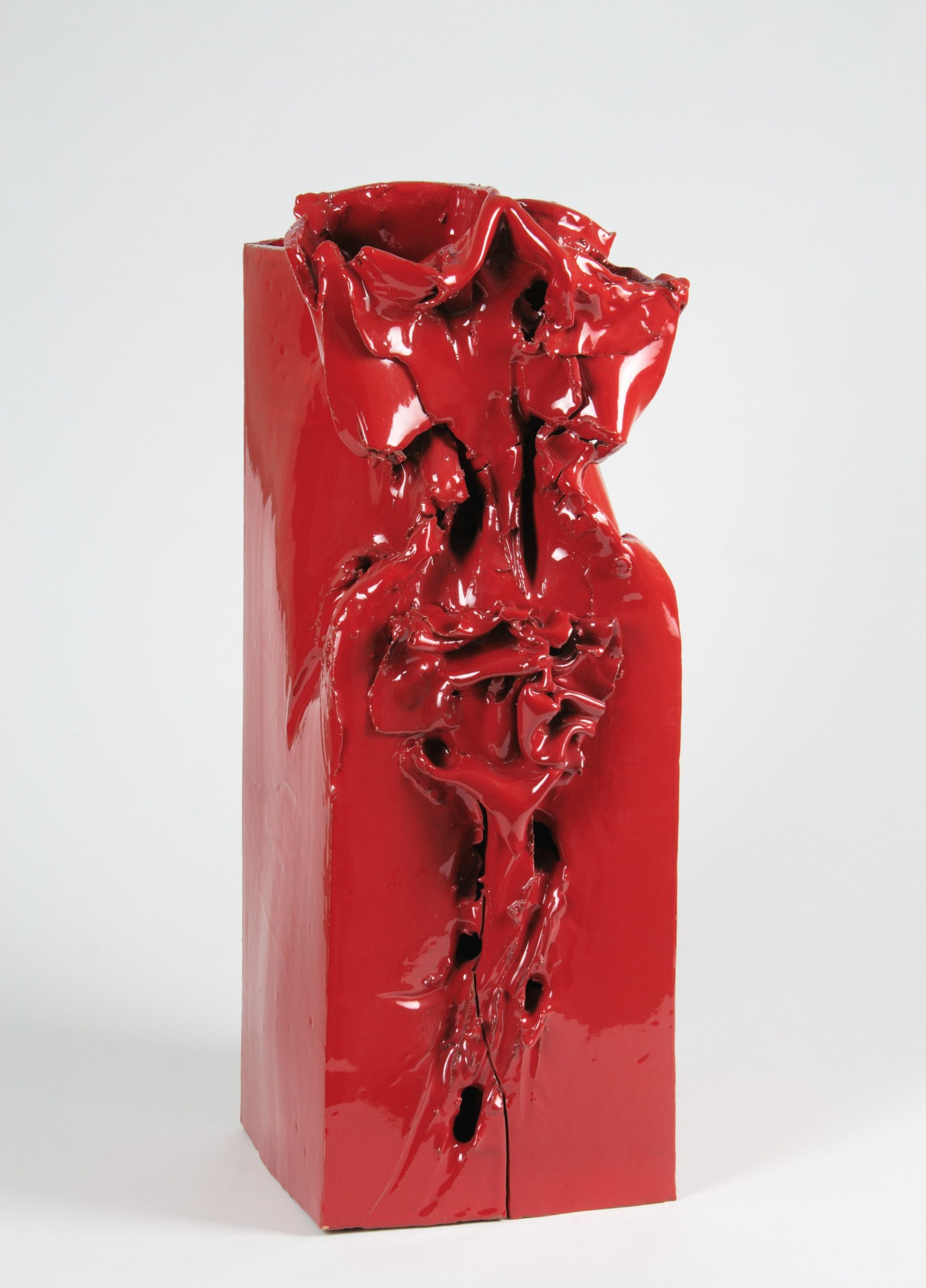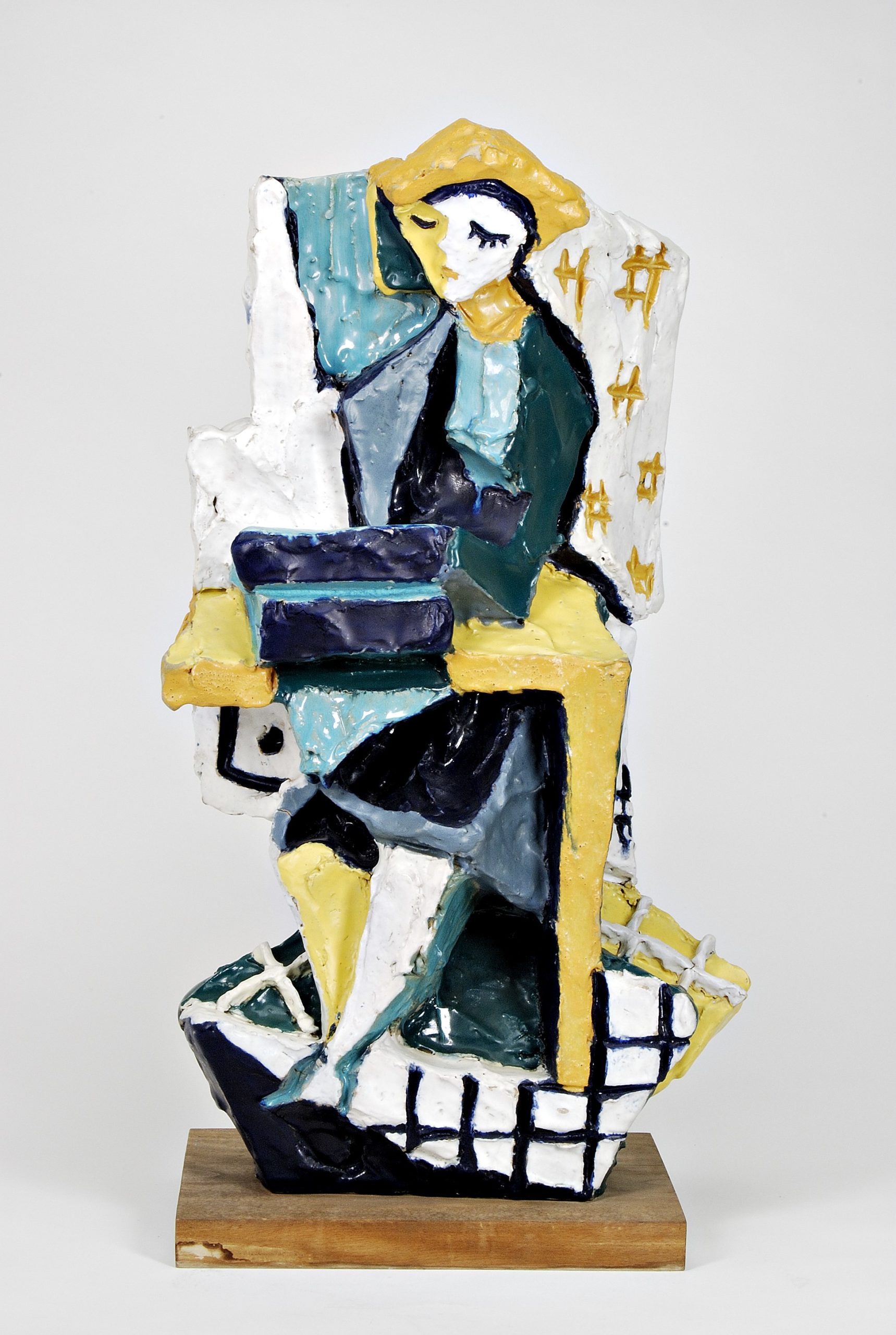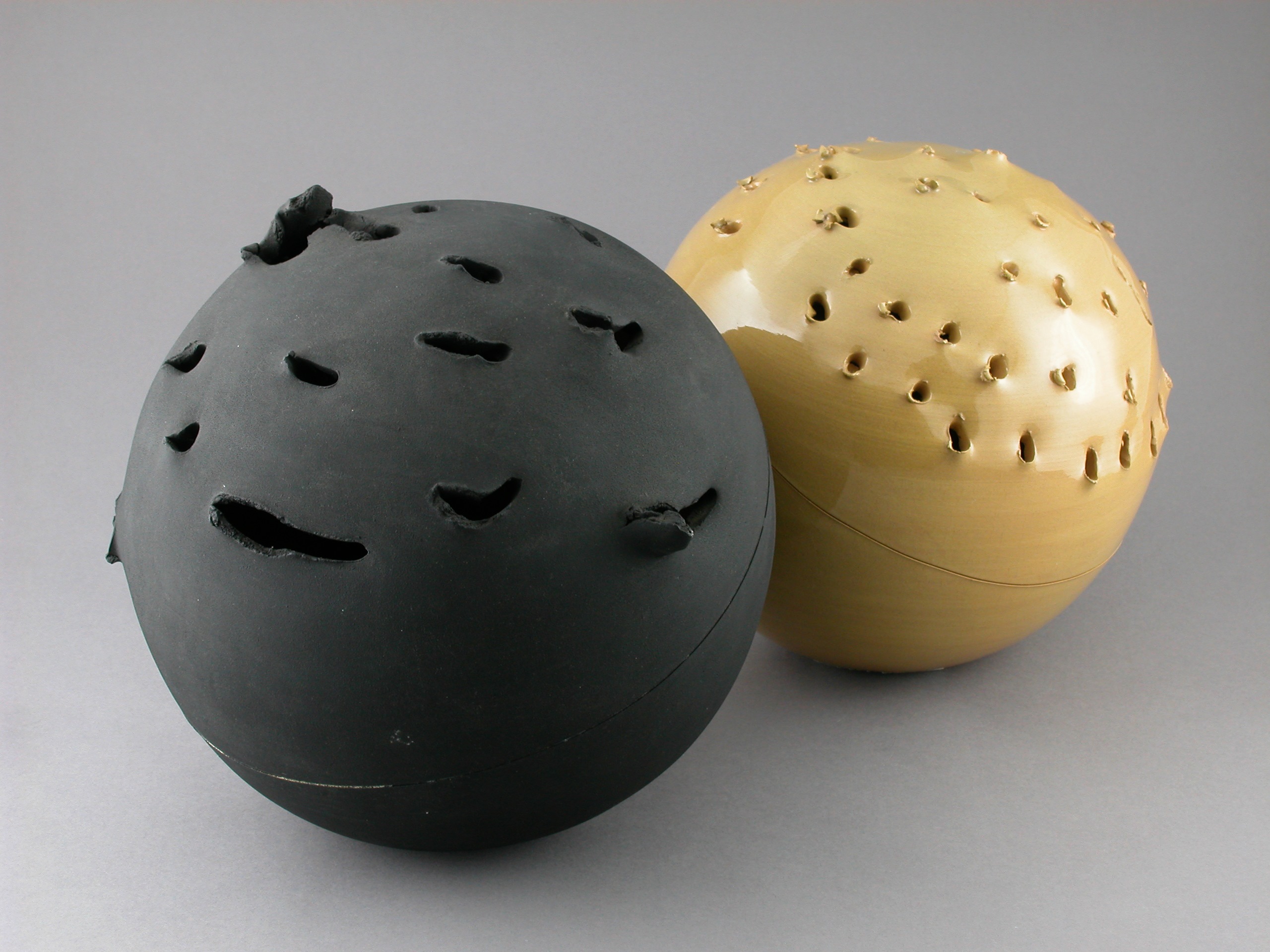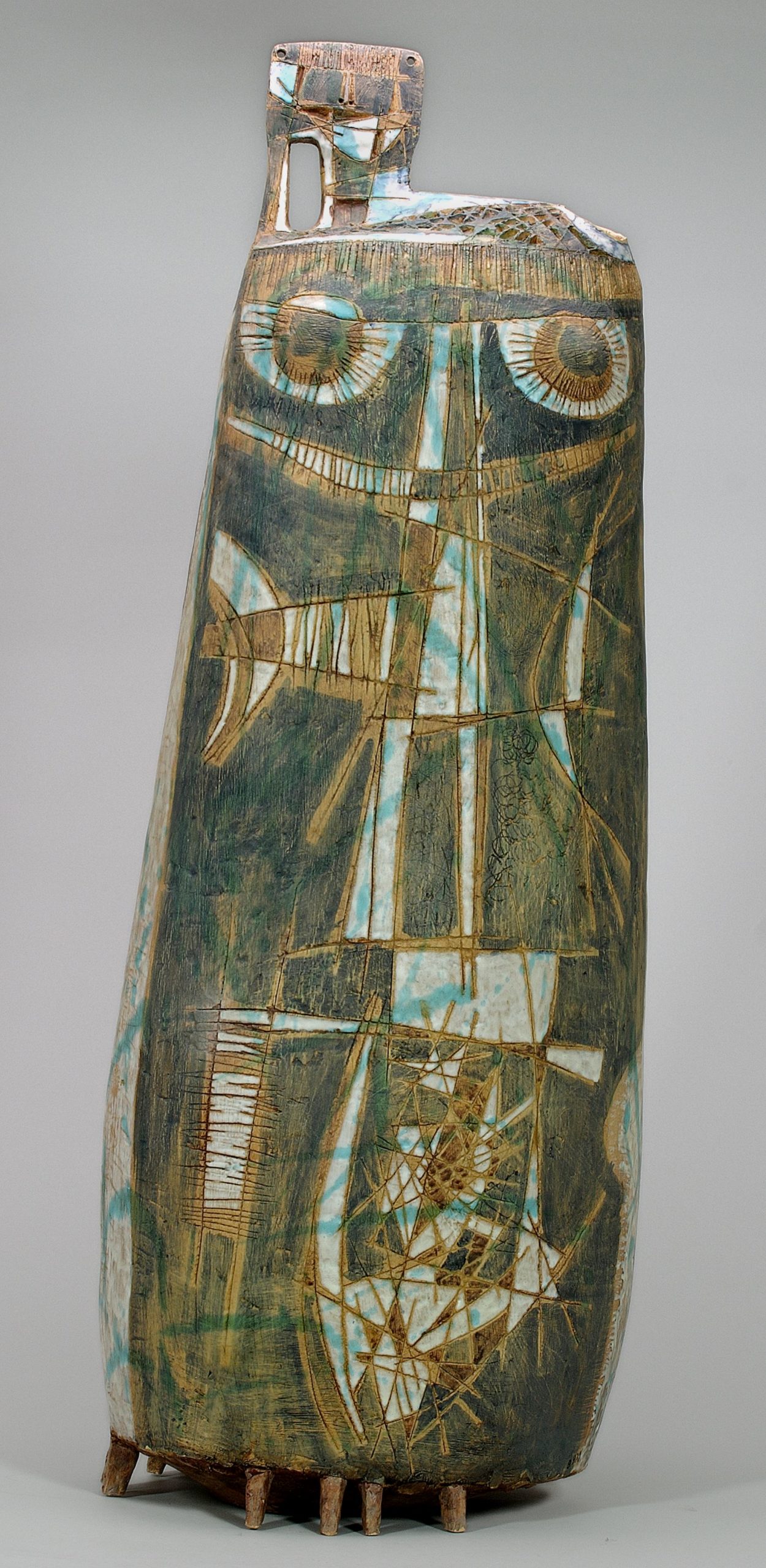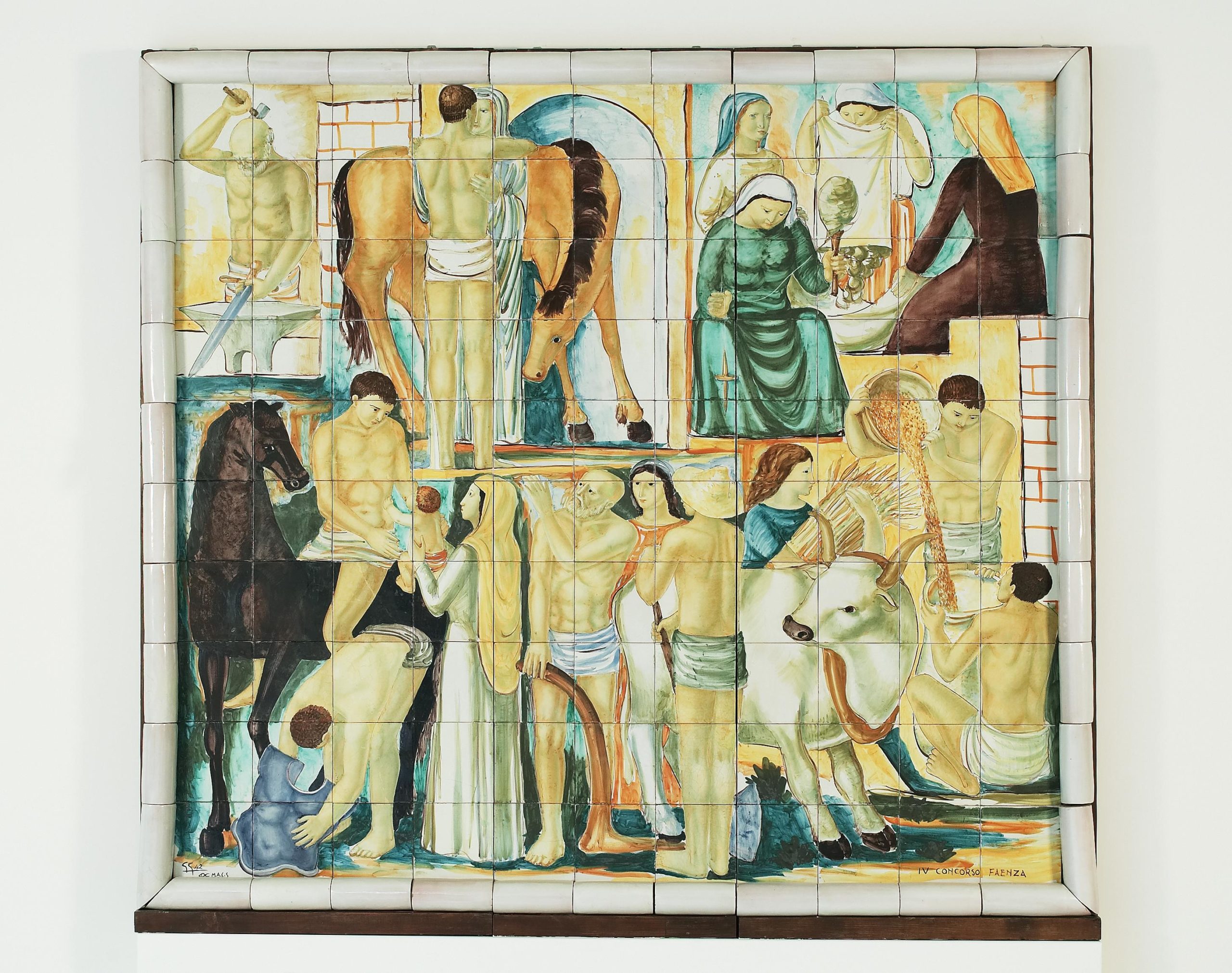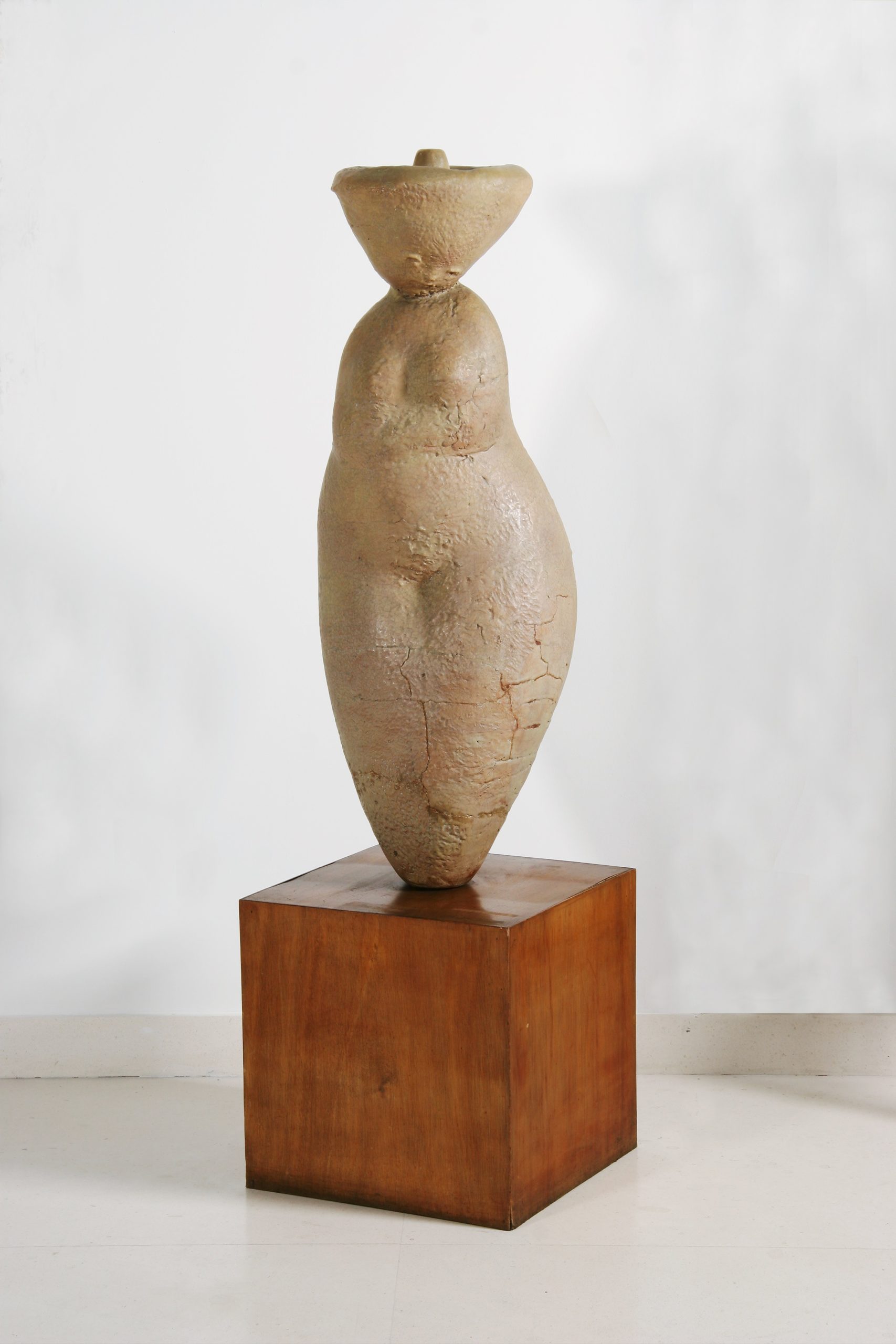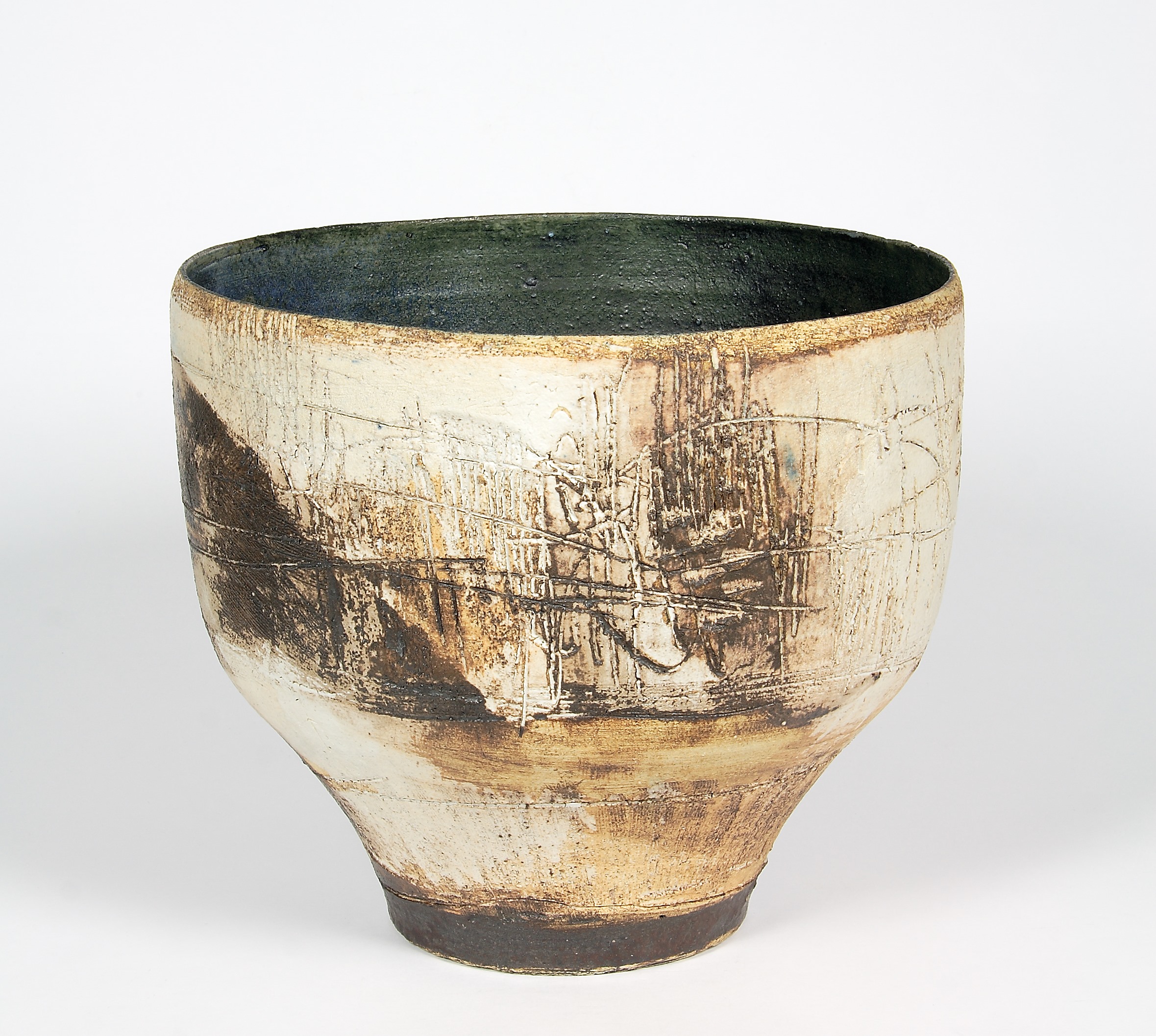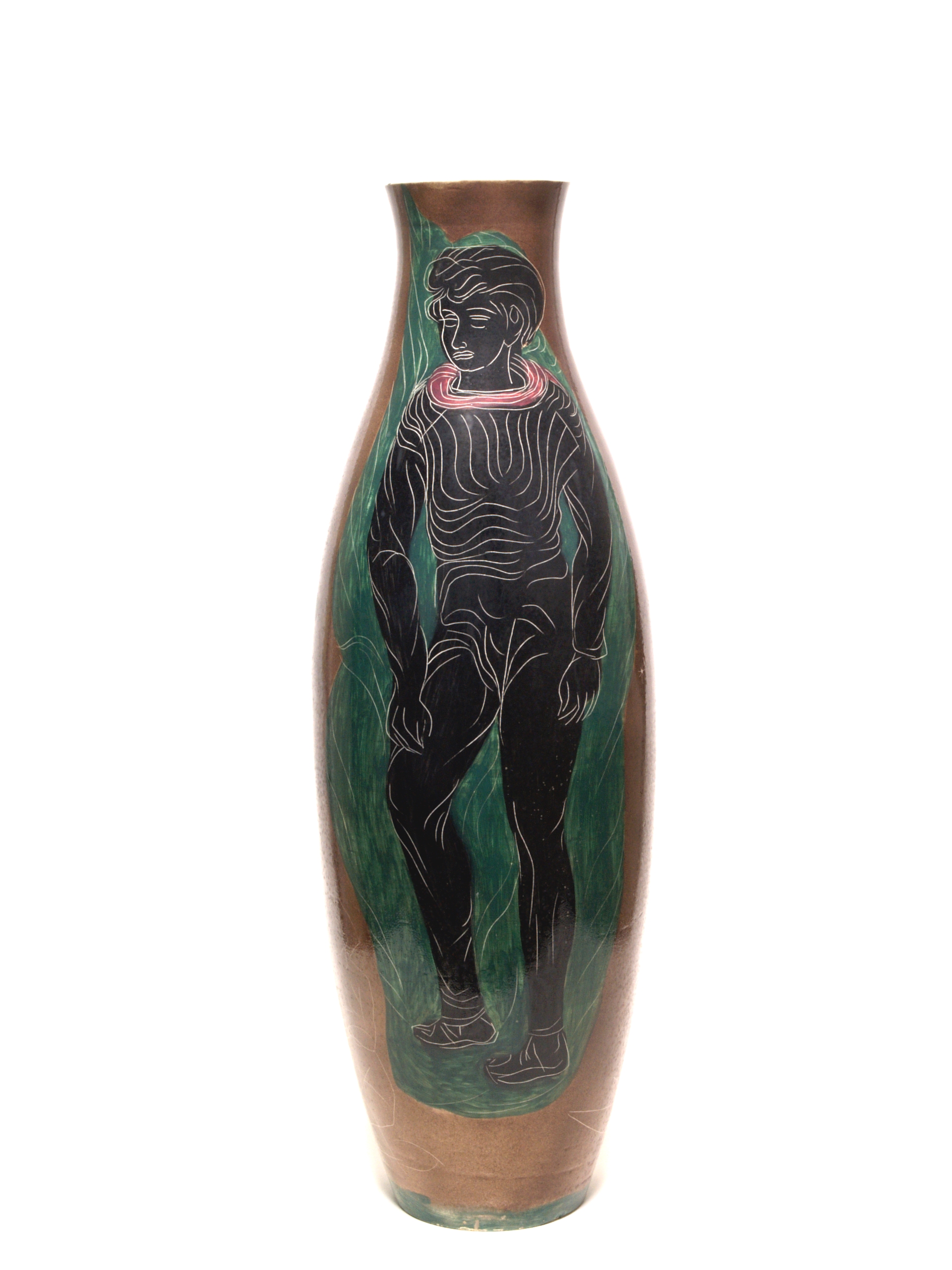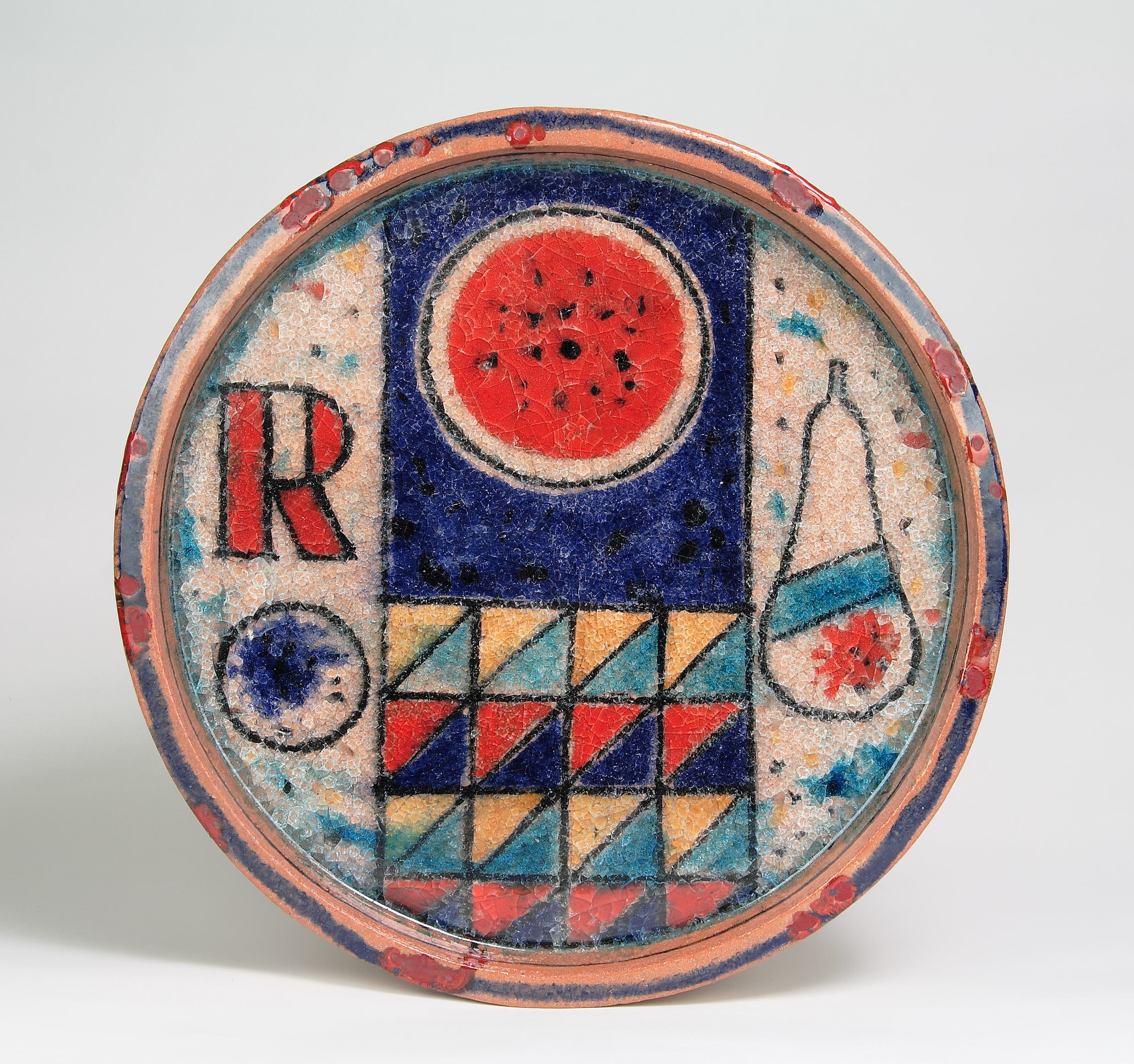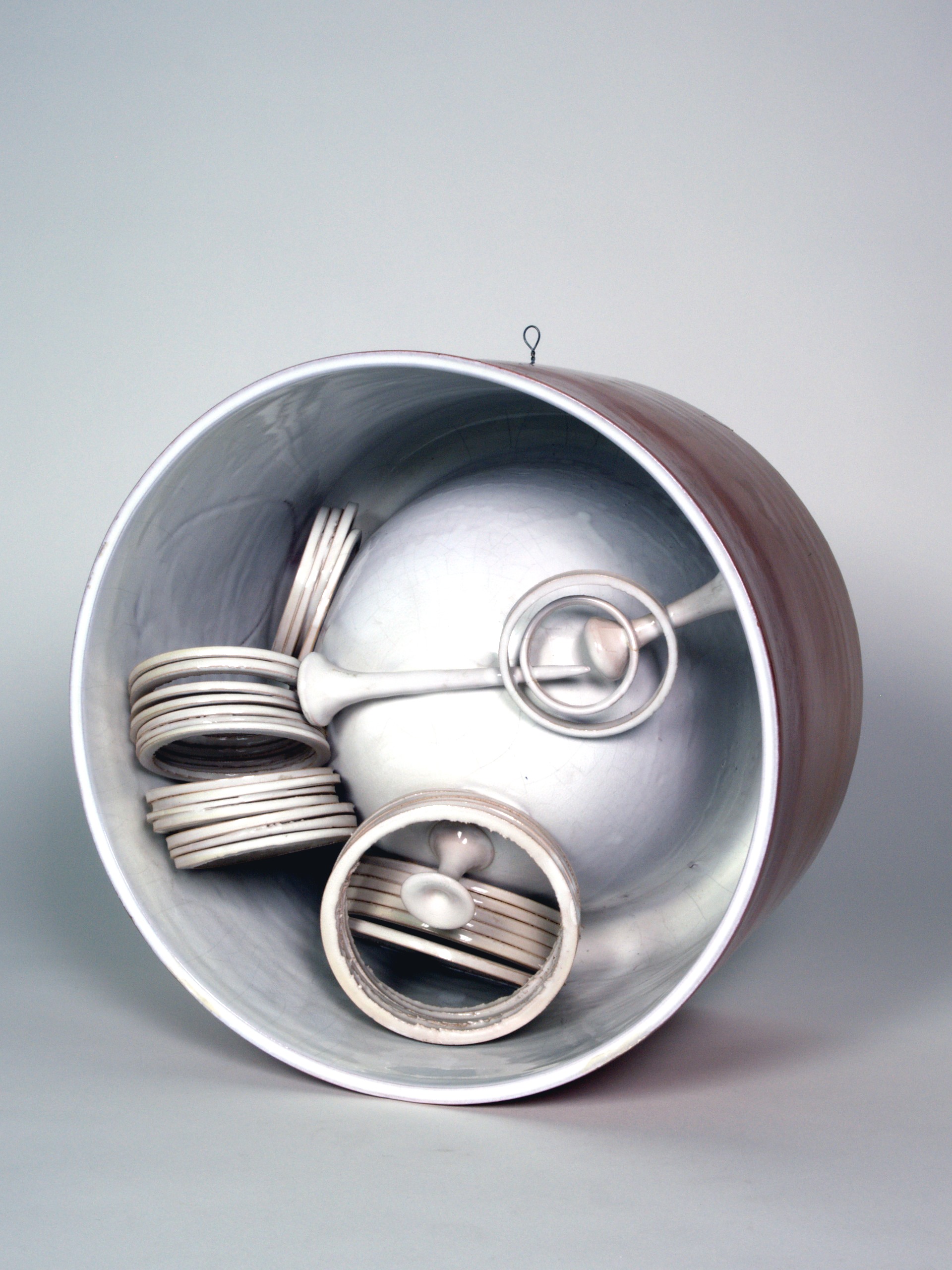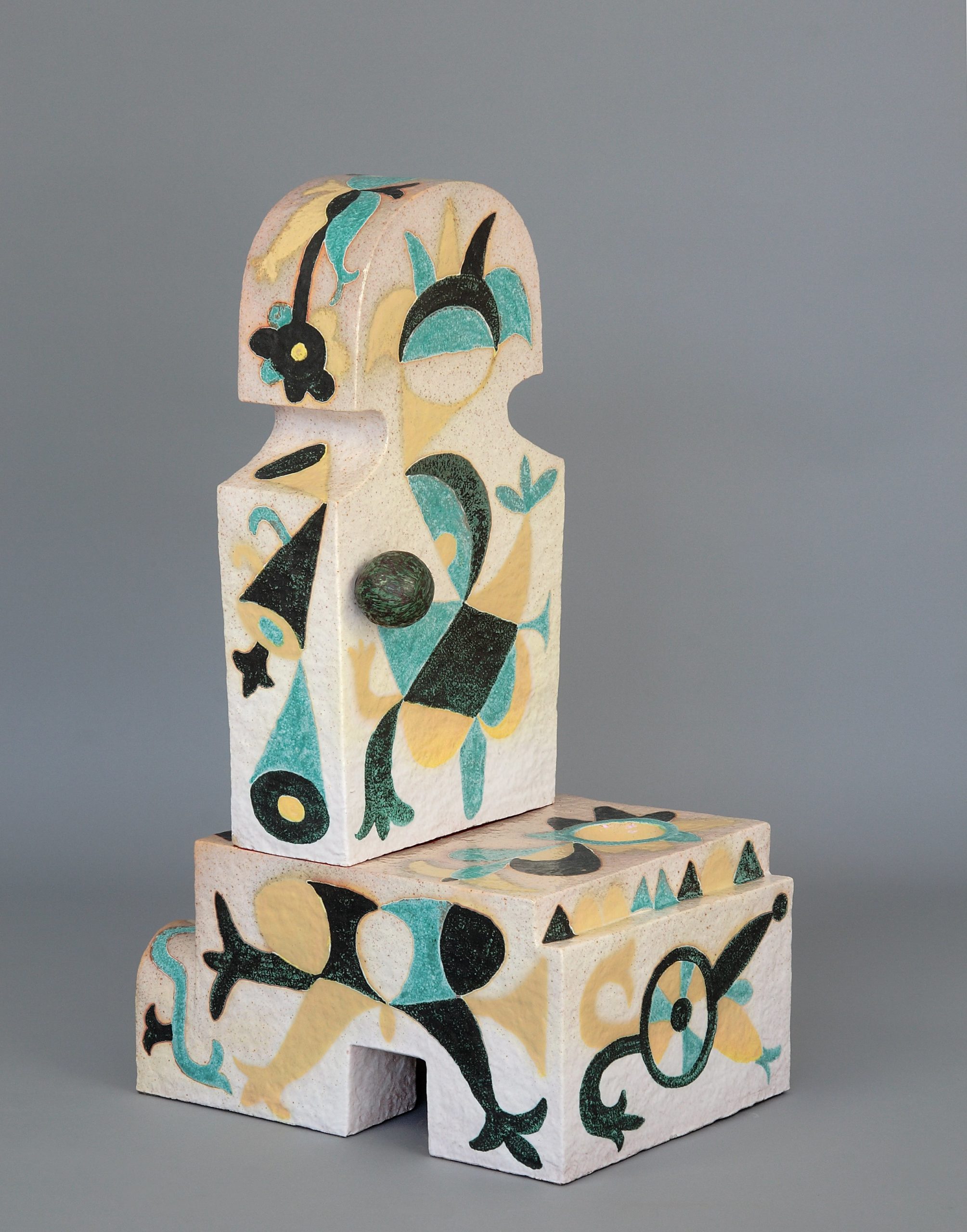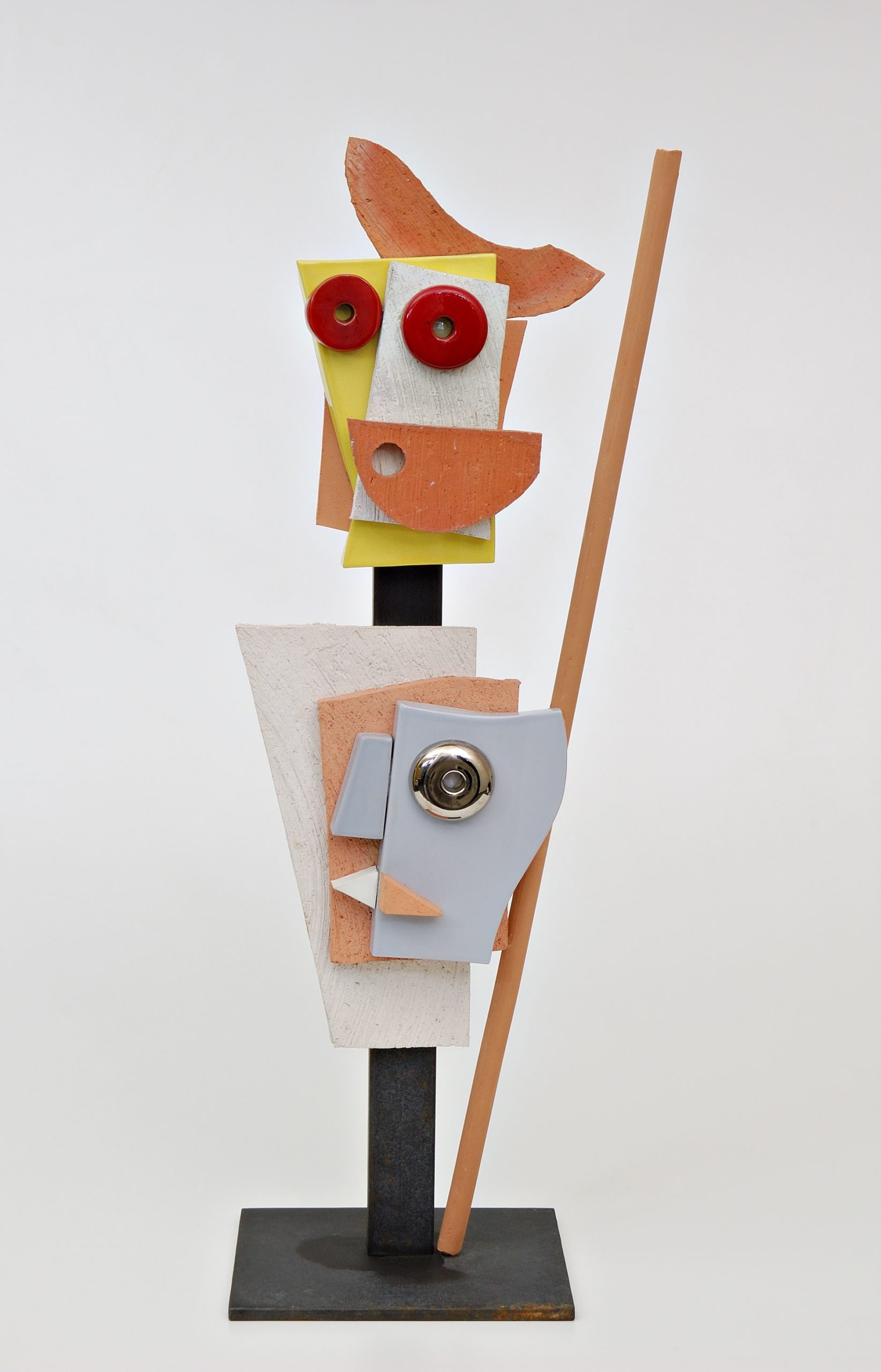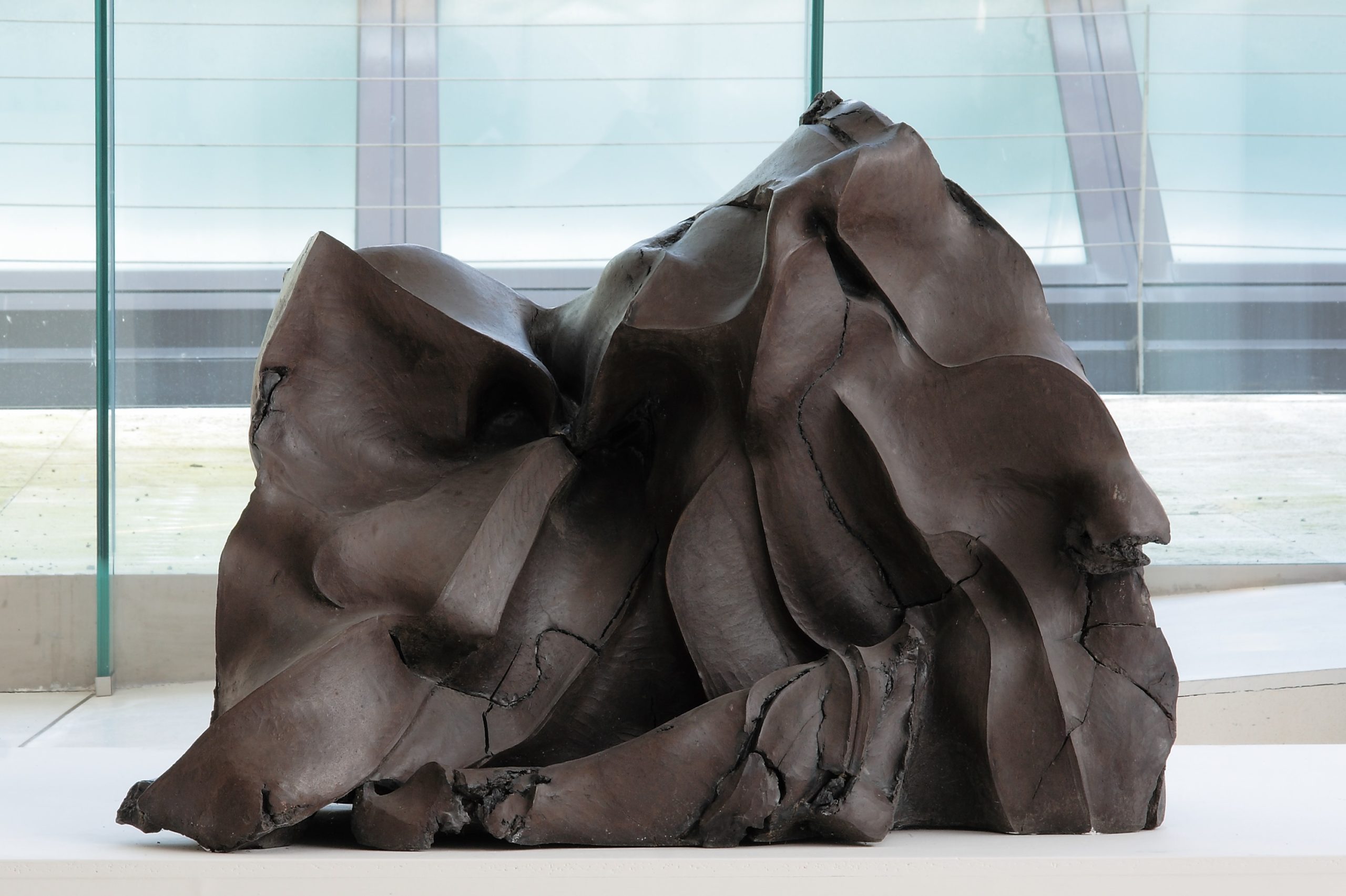The second post-war period in Italy is a rich artistic period with a succession of poetics, styles and figures with innovative and powerful personalities. Ceramics fully interprets its vitality, a break with the past well represented through the works from the second half of the twentieth century to the present day in this gallery.
Figurative expression remains an important cornerstone for many artists, also inspired by the great sculptures of an undisputed master such as Arturo Martini. To this is added the “Picassian” and neo-Cubist aspect, widespread in Italy especially since 1947, the year in which Picasso began his experience with ceramics, overcoming the “technical virtuosity of the material” in favor of the expressive “medium” and an ever greater freedom in dealing with the material.
Informal reflection began in the mid-1950s and represented a true stylistic revolution that refounded the linguistic system of art in favor of a new conception and definition of matter that arose from a different approach to reality, consequent to post-war reconstruction, with the liberation from figuration (among the great masters in this exhibition are Leoncillo, Fontana, Melotti, Valentini, Spagnulo, Zauli, Cerone).
The abstract and minimalist dimension of sculpture is felt from the mid-60s when we see a renewal, a reflection and an investigation on the ceramic “shape”, as a coating or architectural intervention or as a surface, in that abstract-conceptual dimension that emerges especially in the works of modular nature (Tasca, Pianezzola, Tsolakos, Meli, Caruso, among others).
The itinerary closes with a look at the new promises of ceramic sculpture, looking at the evolutions of the 21st century with the recent Faenza Prizes.

